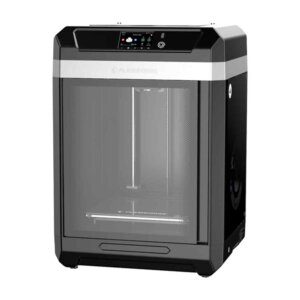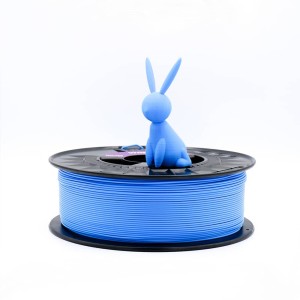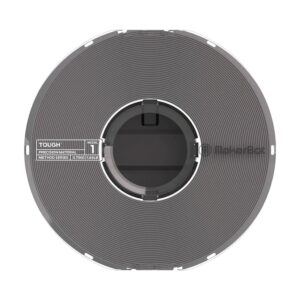5 common questions before buying a 3D printer
Not every 3D printer is suitable for everyone. The market offers a wide range of 3D printers, and you need to find the one that suits you best. Which 3D printing technology is right for your hobby or business? Are you a beginner or an advanced user? How much are you willing to spend on a 3D printer? Here are some common questions that customers ask themselves before buying a 3D printer.


1. WHAT ARE YOUR NEEDS OR GOALS FOR 3D PRINTING...
What is your goal with 3D printing? Will you 3D print smaller or larger pieces? Will the latter be easy or difficult? What material they must be made of.
Before you make a 3D printer purchase, you should also evaluate which 3D printing technology is most suitable for your projects. because we know:
- FDM (Fused Deposition Modelling),
- SLA (Stereolithography),
- DLP (Digital Light Process),
- SLS (Selective Laser Sintering),
- SLM (Selective Laser Melting),
- MJ (Material Jetting),
- DED (Directed Energy Deposition),
- LOM (Laminated Object Manufacturing)


2. TYPE AND CHARACTERISTICS OF THE 3D PRINTER
3D printers are divided by technology and type. Some 3D printers offer industrial quality 3D printing, while others are for home use. The former are generally larger and more massive, while the latter are desktop and easily portable.
3D printers also have different characteristics. Recently, 3D printing volumes have become increasingly important, with our 3D printers ranging up to 400 x 350 x 500 mm! Most offer a touchscreen, a sensor to monitor filament supply and a camera to control 3D printing remotely, but the differences are in the temperature of the chamber and the work plate, the number of extruders or the control of the working mat.
FlashForge Guider 3 3D Printer
FlashForge Creator 4-A
3. 3D PRINTER AND COMPATIBLE MATERIALS
Do you need high-end end products or more simple ones? The difference, of course, is also in the quality of the finished surface, where
3D resin printers
are definitely better. For prototyping with FDM 3D printers, sometimes a simple PLA material is sufficient, while some have requirements for extremely high-performance materials such as PEEK and ULTEM. To 3D print a wider range of materials, you will also need a more advanced 3D printer, with nozzles that can heat up significantly more.



Winkle PLA-HD 1,75 mm Sky Blue
FlashForge PLA Pro 1.75 mm Copper
Polymaker PolyFlex TPU-95A HF 2,85 mm Black 1 kg
MakerBot Tough PLA 1,75 mm State Grey 0,9 kg
4. YOUR BACKGROUND IN 3D PRINTING...
Are you just getting to grips with 3D printing or are you already an advanced user of your 3D printer? If you are one of the former, then you will certainly not be looking for a professional 3D printer, but rather a 3D printer for beginners.
If you’re worried that you won’t be able to handle 3D printing, don’t be. We offer training from beginners to the most demanding users. Learning 3D printing is not as complicated as it may sound.

5. YOUR BUDGET FOR BUYING A 3D PRINTER...
Of course, budget influences every purchase, even when it comes to a 3D printer. The price range of 3D printers is large, from a few hundred euros to several thousand. Clearly, a low price does not mean that a 3D printer will not meet your needs. Certainly the more expensive ones tend to be more accurate, offer a higher volume of 3D printing and 3D printing with a wider range of compatible materials, but all of these can completely exceed your needs.















